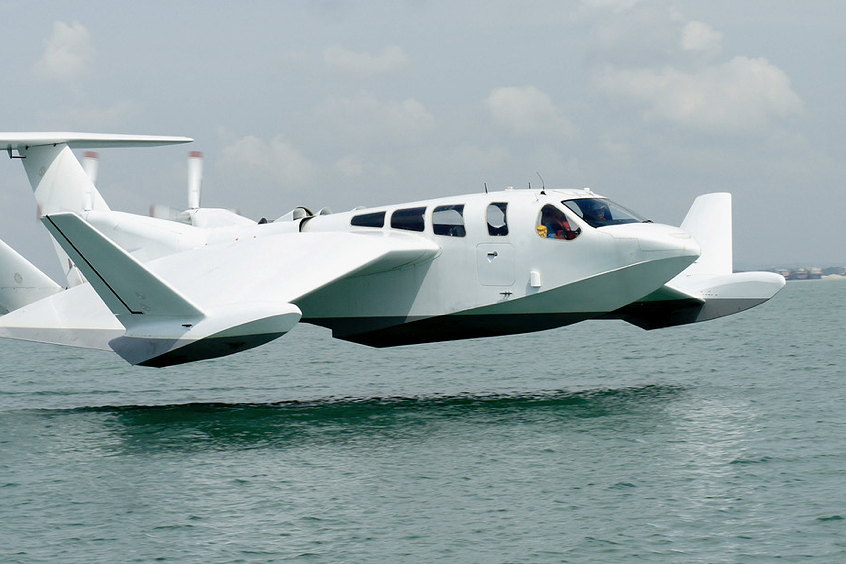After a joint evaluation process, the Turkish Aerospace Industries (TAI) Hurkus tandem two-seat trainer has completed all flight testing and obtained Type Certificate (TC) from the Turkish Directorate General of Civil Aviation (DGCA) with its validation certificate from the European Aviation Safety Agency (EASA). Each flight deck includes two Universal Avionics Radio Control Units (RCU) and two EFI-890R Advanced Flight Displays to be used as Primary Flight Displays (PFD).
"This is an exciting joint venture that outlines not only the diversity of Universal’s EFI-890R product line, but also TAI’s expertise in integrated aerospace systems and multi-mission platforms," said Robert Clare, Universal Avionics Director of Sales. "We are very pleased to be a part of the New Generation Basic Trainer development program," he added.
The primary and basic trainer aircraft was designed and manufactured by TAI and is a low wing and single engine turboprop aircraft. The aircraft is primarily being built to meet the requirements of the Turkish Air Force Command (TAF). It will be used to execute basic pilot training, instrument flying, navigation training, and weapons and formation training missions. In addition, the TAI Hurkus will be exported as a civilian and military flight trainer aircraft.
| Contact details from our directory: | |
| Universal Avionics Systems Corporation | Flight Management Systems, Terrain Awareness and Warning Systems, Enhanced Vision Systems (EVS), Avionics Management Systems, Radio Communications Equipment, Flight Recorders, Sensors/Transducers, LCD Displays, Electronic Flight Instrument Systems, Attitude and Heading Reference Systems, WAAS Equipment, Head-Up Displays |
| Turkish Aerospace Industries (TAI) | Airframer |
| Related aircraft programs: |
| TAI Hurkus |
| Related directory sectors: |
| Indicators and Instruments |
Weekly news by email:
See the latest Bulletin, and sign up free‑of‑charge for future editions.

Latest PC-24 offers more range and payload

Gulfstream's G700 earns additional certifications

ST Engineering and MPA collaborate on wing-in-ground trials

Wingcopter and ITOCHU start certification for Wingcopter 198 in Japan